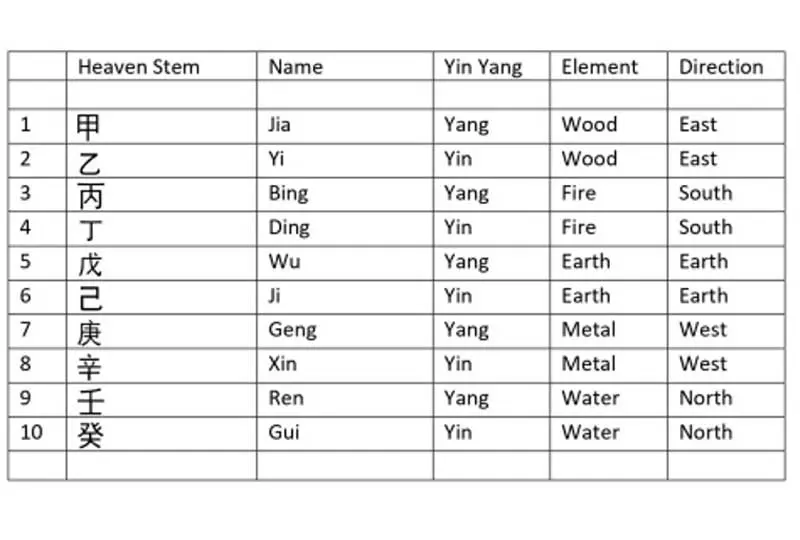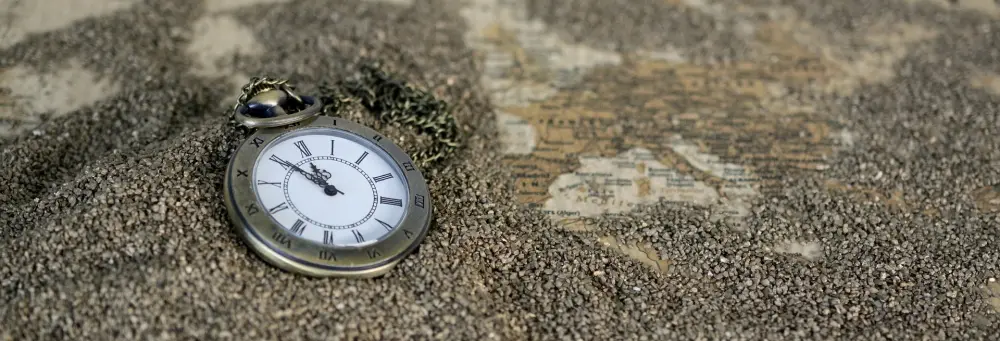The Chinese Calendar: A brief history and interesting facts

Dr. Michael Oon


This series of posts will comment on three types of Chinese Calendars
- The Traditional Chinese Calendar or the Farmers Calendar
- The 60 year Calendar
- The Thousand Year Calendar
This article will discuss the history of the Chinese Calendars, as well as some facts about this amazing system.
The Traditional Chinese Calendar or Farmers Calendar
It is one of the oldest ones in the world currently in use today. It was developed between 771 and 476 BC in the Zhou dynasty and has been used ever since. It is still an integral part of modern-day China.
Original Purpose:
The initial purpose of the calendar was for agriculture. It was to inform the farmers when they should plant their seeds. The change in the seasons, so they knew when to start to prepare to plant the crops, time for it to grow and harvest.
For a system based on agriculture, it is extremely important to know the Seasons. The Seasons can be worked out from the Winter and Summer Solstice. The shortest day and the longest day. Also, the equinoxes where the day and nights are equal.
These dates have been extremely important, as can be seen in monuments like Stonehenge. This monument has prominent stones that mark the position of the Sun at sunrise on these four significant days.
The Difference in Structure.
The calendar comprises the Gregorian Calendar, which is the solar calendar based on the yearly rotation of the earth going around the Sun. The complete orbit of the earth around the Sun takes 365 and a quarter days. Hence, there is a leap year once every four years. The year is divided into 12 months of 30 or 31 days, with February having 28 days but 29 days in the leap year. The year is sub-divided into weeks of 7 days. Each day is 24 hours.
The Chinese Calendar has the Lunar Calendar. One month is a complete rotation of the moon around the earth. This lunar month is 28 or 29 days long. The details of the start of the month (new moon) and the mid-month (full moon) are given.
The Lunar month is shorter than the solar month of 30 or 31 days. Therefore, the Lunar calendar has occasional 13 months in a year so that it is synchronised with the Gregorian Calendar.
How the Chinese use both the Gregorian and Lunar Calendars.
Gregorian Calendar
The Chinese use the Gregorian Calendar for agriculture. The year is broken up into the 4 seasons but, the start dates are different to the ones used in the West or Astronomical Seasons.
| Dates | Chinese Calendar (Seasons) | Western (Astronomical) Seasons |
| 4th Feb (Li Chun) | Start of Spring | |
| 20th March (Spring Equinox) | Mid Spring | Start of Spring |
| 5th May | Start of Summer | |
| 21 June (Summer Solstice) | Mid Summer | Start of Summer |
| 7th August | Start of Autumn | |
| 22nd September (Autumn Equinox) | Mid Autumn | Start of Autumn |
| 7th November | Winter begins | |
| 21 December (Winter Solstice) | Mid Winter | Start of Winter |
Let us examine dates of the Spring Season
With the Astronomical Calendar, the start of Spring is on the Vernal Equinox -20th March. However, this is considered to be the midpoint of the Spring season when the start of Spring in 4th Feb – Chinese New Year (Li Chun).
In other words, the Chinese season spans the dates with the equinox or solstice at the midpoint of the season. In the Astronomical Season, the equinox or solstice is considered the start of the season.
Lunar Calendar
The Chinese use this to identify their festivals.
| Festival Name | Date | Customs |
| Chinese New Year | 1st - 15th days- 1st month | Celebration of the New Year |
| Lantern Festival | 15th day - 1st month | Lanterns and Fireworks |
| QingMing Festival | 4th or 5th April | Tomb clearing |
| Dragon Boat Festival | 5th day- 5th month | Dragon Boat Racing |
| Double Seven Festival | 7th day- 7th month | Chinese Valentine |
| Mid-Autumn Festival | 15th day - 8th month | Moon Cake Festival |
| Double Ninth Festival | 9th day - 9th month | Respects to Elderly |
| Winter Solstice | 21st, 22nd or 23rd December | Having Dumplings or Sticky puddings |
| Laba Festival | 8th day - 12th month | Eating Laba Rice porridge. |
Auspicious Days and Activities
In the calendar, there is usually a listing of auspicious activities and inauspicious activities. Also of auspicious directions.
The Chinese calendar is usually presented as a single page per day. The paper sheet is torn off every single day where it becomes a ritual. However, with modern technology, it is now in a digital format."chinesecalendaronline"
Chinese Almanac: This is essentially a book containing the calendar for the year. This can be obtained at the start of the year.

